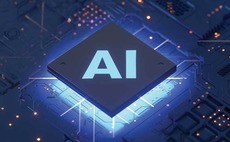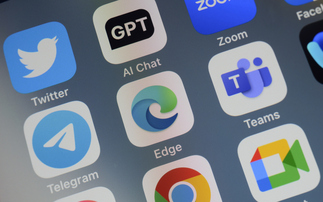V3 predicts five potential risks with IoT gadgets and smart devices
A recent bug in Nest thermostats after a glitch in a software update left customers cold and angry and got V3 thinking: as more gadgets gain internet connectivity what risks might we face with smar...
To continue reading this article...
Join Computing
- Unlimited access to real-time news, analysis and opinion from the technology industry
- Receive important and breaking news in our daily newsletter
- Be the first to hear about our events and awards programmes
- Join live member only interviews with IT leaders at the ‘IT Lounge’; your chance to ask your burning tech questions and have them answered
- Access to the Computing Delta hub providing market intelligence and research
- Receive our members-only newsletter with exclusive opinion pieces from senior IT Leaders






















